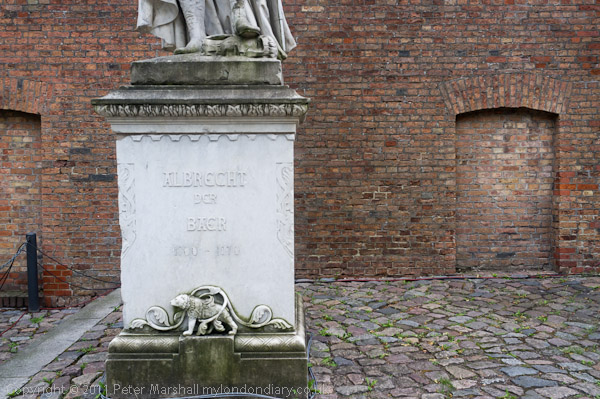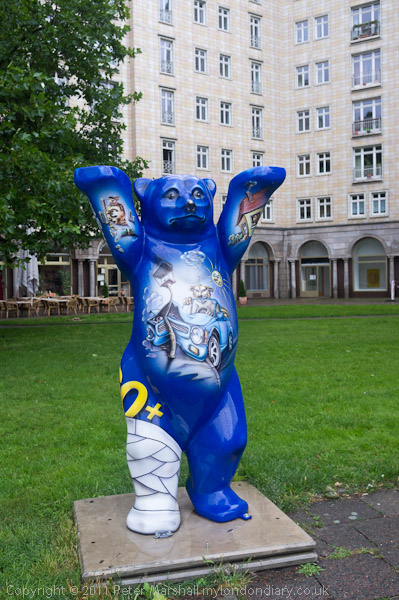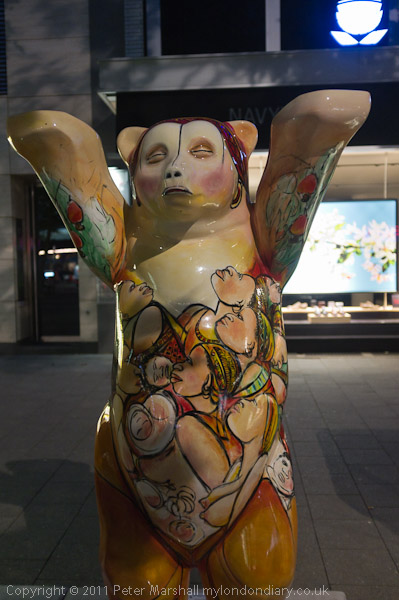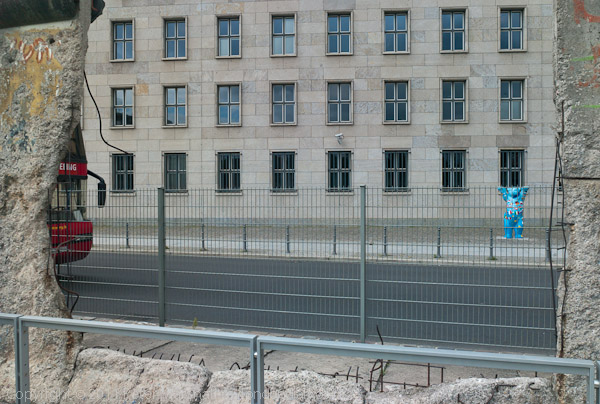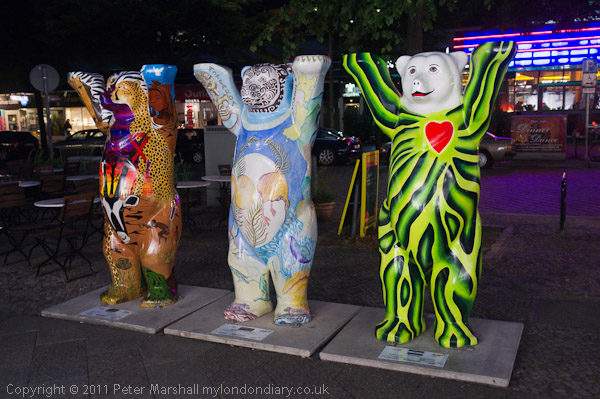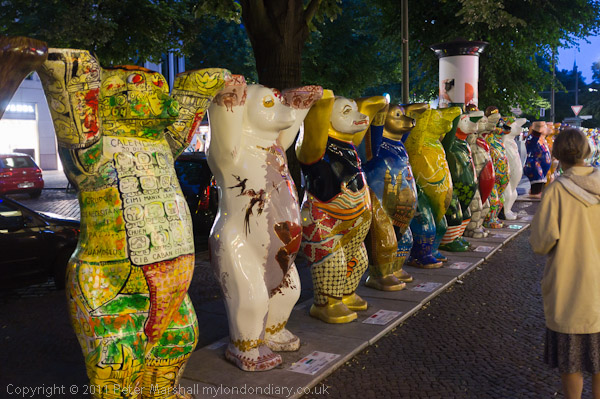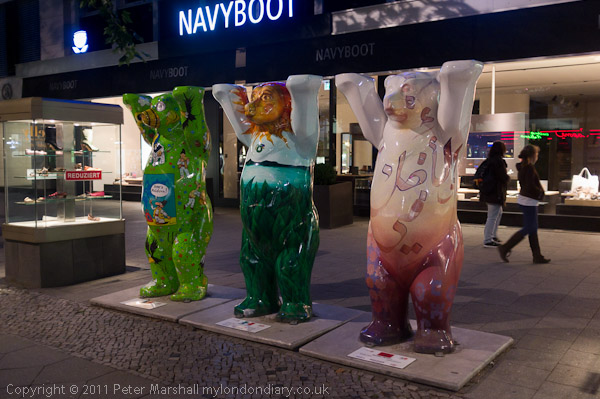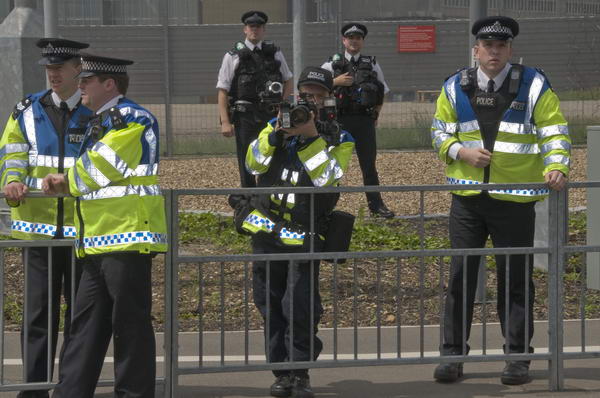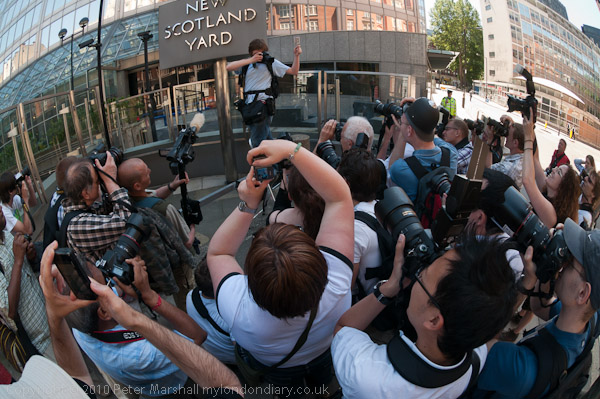You can read my opinions on photography with some regularity on this site, although I’ve been rather busy in the last few days with a couple of shows coming up, and producing a catalogue for one, and, when I get around to it a web site for the second. A more normal service will I hope be re-introduced here and on My London Diary (where August has yet to begin) shortly.
But tomorrow there is a fairly rare opportunity to actually hear me talking, in an event at the Museum of London, where with a few others I’m on a panel discussing the future of street photography and related issues. On the panel with me are the curator of the museum’s attendance-breaking London Street Photography show, an old friend of mine, Mike Seaborne, and one of the other photographers with work in the show, Polly Braden, while photographer Stephen McClaren will try to keep some order. The discussion starts at 7pm and you can still book on-line.
Unless pressed I don’t intend to talk about my own picture in the show, not least because I don’t think it really is an example of street photography, although it was indeed taken on a London street, and was one of the images used on the poster for the show. But I have taken plenty of other pictures that are street photography but were not chosen. Of course the fact that it – and many other images in the show are not really street doesn’t mean they are not good pictures, but rather questions the criteria used in curating the show.

Whitechapel 1991- a documentary image but is it ‘street photography’?

But Portobello Road, Notting Hill, April 1987 certainly is
I wrote earlier this year about the opening of the show in London Street Photography, a piece that included one of my images that was a small attempt at a comment on the future of street photography.

Smartphones Set Free – perhaps the future of street photography?
The discussion lasts – including the time for questions – an hour, after which there is a further opportunity to see the show, which closes this Sunday, September 4. I’m not at all sure what the talking will be like, but I have been asked to supply five of my own pictures for a presentation as well as nominating two pictures from the book that I would like to say something about.
Although in some ways I found the show disappointing, as an event in promoting photography I think it has been a great success – and of course I was very pleased to be chosen to be in it and the book London Street Photography published by Dewi Lewis Publishing, ISBN 978-1-907893-09-4, together with it. But when asked to talk about two pictures from it, I found it hard to find pictures that I really wanted to talk about, as although there were some great photographers included, the pictures were seldom particularly good examples of their work. There were also some aspects of it I found hard to swallow, including the disregard for the moral rights shown in projecting some images taken on medium format cropped to 35mm format in the slide show. A museum should really not treat photography like this.
Despite such reservations (and I have others), this was a show that came at exactly the right moment, when street photography was high on the popular agenda, with shows in Derby and of course the first London Street Photography Festival which has just concluded, although there is still a chance to see a show of the much-hyped work of Vivian Meir at Photofusion in Brixton, where it continues until 16 September 2011.
Although the publicity for the show talks about “her unique style of candid street photography” unfortunately the images on show – including some that I liked very much – confirmed her as a fine but derivative photographer. I walked around the show last week with a photographer friend and we were saying things like “not a bad Lisette Model” or “sub-sub Arbus” in front of almost every image. Most things she did do well, but I found it impossible to see any unique personal vision in the work. We all produce works that are based on those of others, but the aim needs to be to try and stand on their shoulders rather than march behind them. Of course there are many good photographers, people whose work adorns the history of photography, but very, very few who really advance it.
